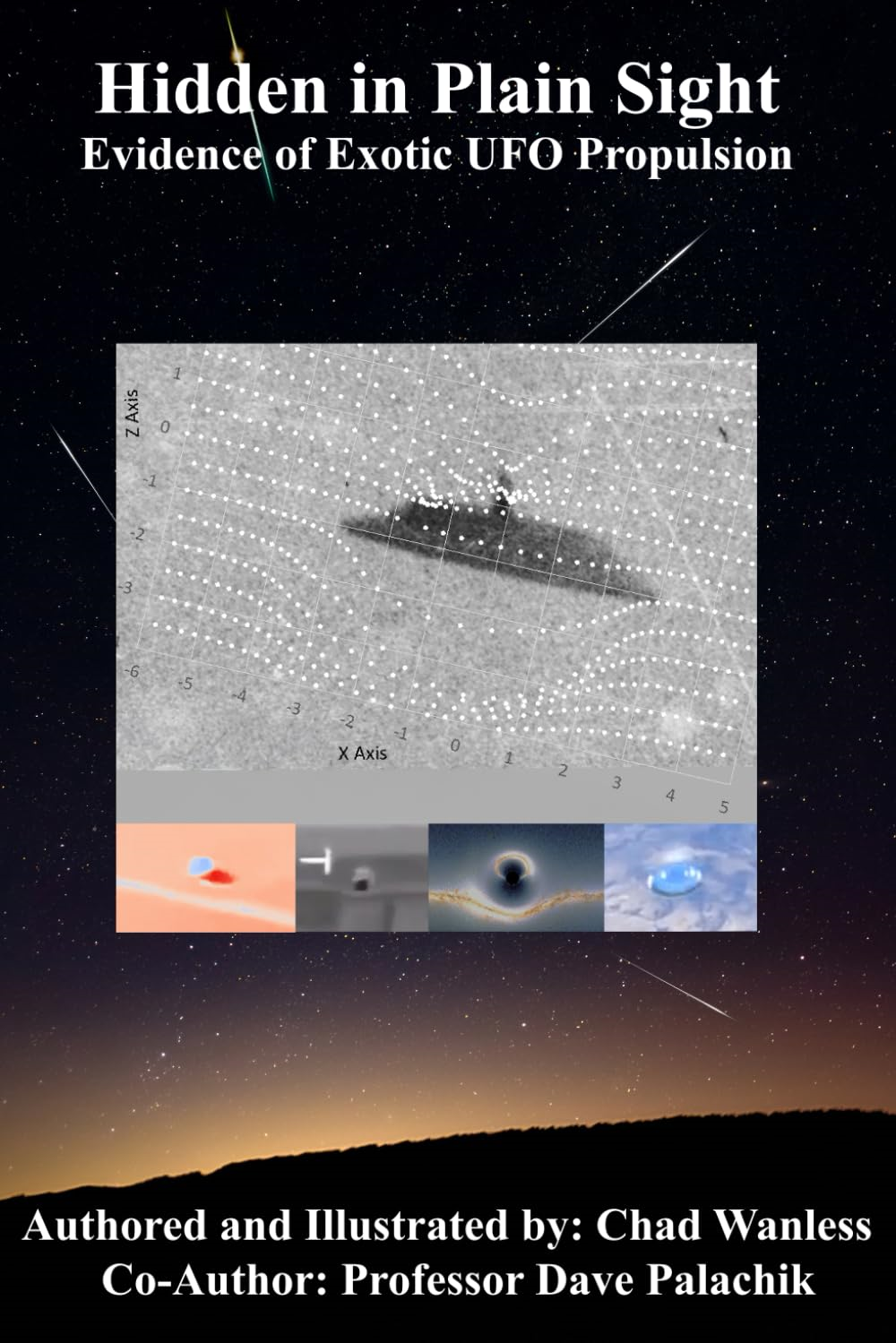The sky is full of weird X-shaped galaxies. Here’s why.0
- From Around the Web, Space
- May 14, 2020
A ‘double boomerang’ of black hole backwash lurks in this massive radio galaxy.
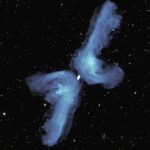
A ‘double boomerang’ of black hole backwash lurks in this massive radio galaxy.

The space debris problem is hitting home, literally.
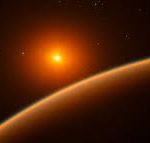
There may be multitudes of Earth-like planets sprinkled throughout the Milky Way galaxy, but they are not so easy to find. To date, only around a third of the over 4,000 exoplanets found and confirmed are rocky – and most of those are within a few thousand light-years of Earth.
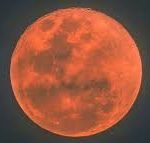
Almost a millennium ago, a major upheaval occurred in Earth’s atmosphere: a giant cloud of sulphur-rich particles flowed throughout the stratosphere, turning skies dark for months or even years, before ultimately falling down to Earth.
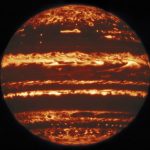
Multiwavelength observations from the NASA/ESA Hubble Space Telescope and Gemini Observatory combined with close-up views from NASA’s Juno spacecraft reveal that lightning strikes and huge storm systems that create them in Jupiter’s atmosphere are formed in and around large convective cells over deep clouds of water ice and liquid; the observations also confirm that dark spots in the famous Great Red Spot are actually gaps in the cloud cover and not due to cloud color variations.
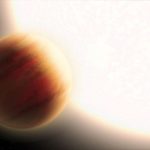
And iron rain probably falls through them.

The U.S. Space Force has unveiled its first advertisement in a push to attract recruits.
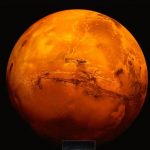
Researchers are “reading the rocks” and the history they show on Mars to paint a picture of when the planet supported liquid water on its surface billions of years ago.
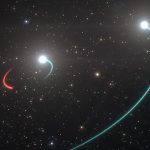
Astronomers have a new candidate in their search for the nearest black hole to Earth.
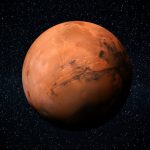
Scientists exploring Mars and analysing Martian meteorite samples have found organic compounds essential for life: nitrogen-bearing organics in a 4-billion-year-old Martian meteorite. With a new high-spatial resolution in-situ N-chemical speciation technique, they found organic materials — either synthesized locally or delivered during the Noachian — preserved intact in carbonate minerals over a long geological period. Their presence requires abiotic or biotic N-fixation and ammonia storage, suggesting early Mars had a less oxidizing environment than today.
